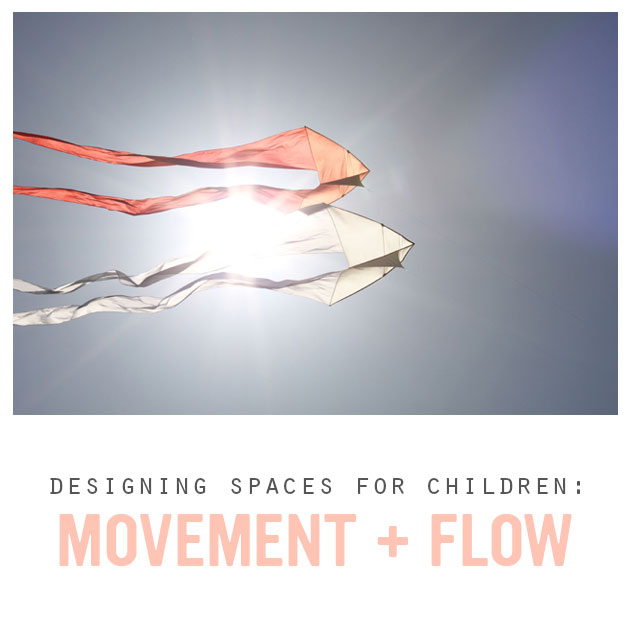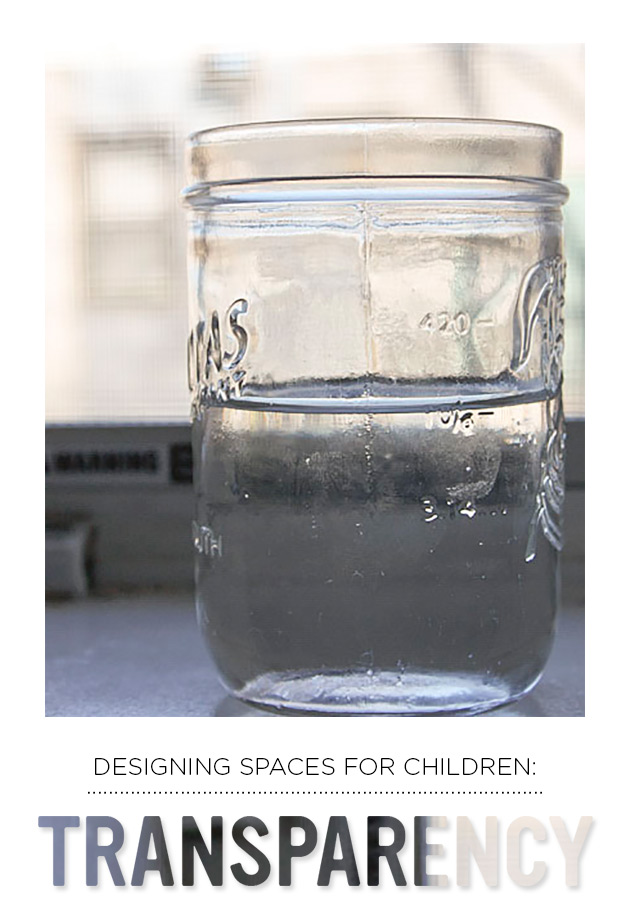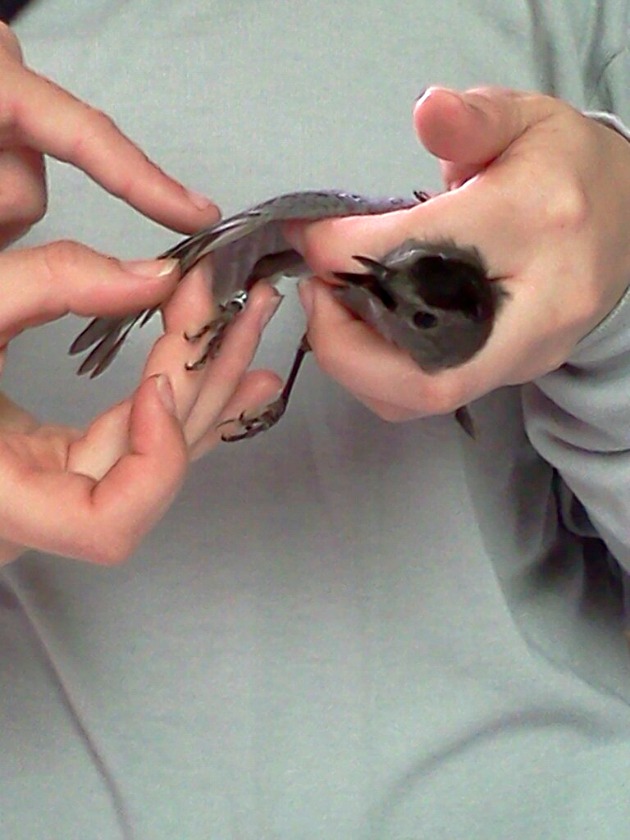The Art Cart
As the girls get older I am making a slight shift in my outlook on creating spaces for them… With younger children I recommend a more curated collection of materials that can be rotated in and out according to their interests. Yet, as I set up this new space (more will be revealed in the upcoming Playful Learning Spaces Workshop) for my 10 and 11 year olds, I decided to take a lot of our supplies out of the storage closet and bring them into the light of day and on display.
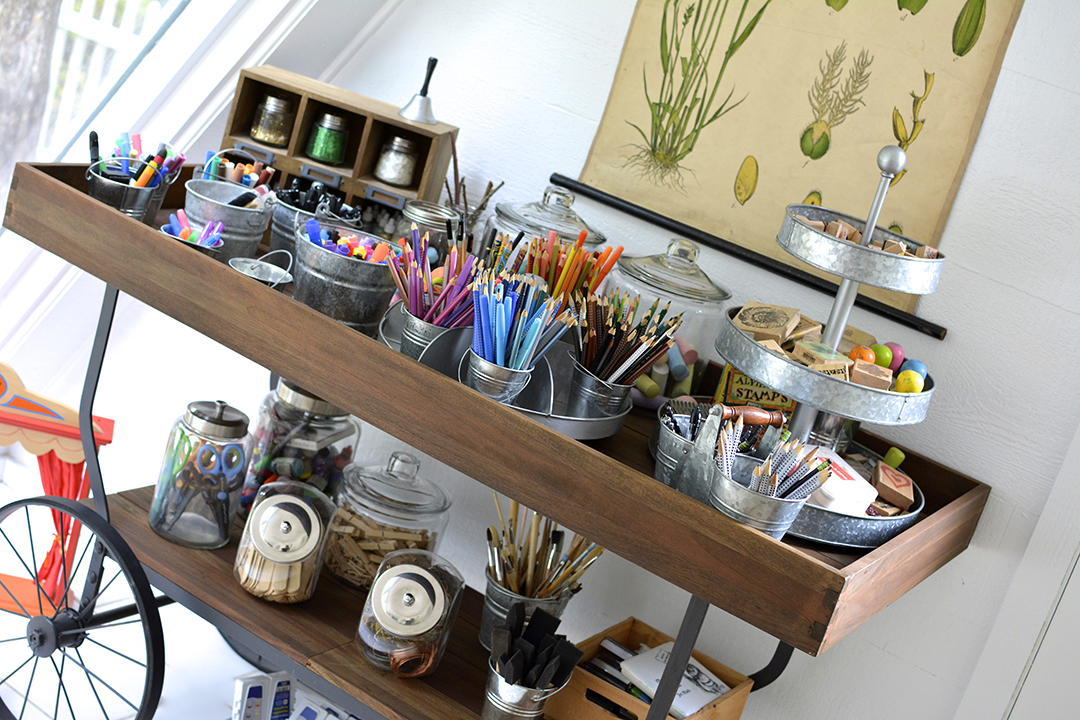
Older children are able to handle more choices and need easy access to interesting materials. They can quickly become interested in exploring an idea, yet just as quickly move on if they don’t find what they need. The goal of any space created for children continues to be the encouragement of independence and exploration.
For the older artists in our lives there is a shift from teaching them how to use and explore a variety of materials to experimenting with materials in order to solve design challenges. They come to this space with their own ideas and inspiration for projects and their time here is spent making the image they have in their mind a reality through trial and error.
It is just that kind of problem solving and persistence we want to see develop within our children. Creating spaces that feel safe (so they are comfortable taking risks) and enticing (to get the ideas flowing) is a small thing we can do that makes a big difference in their lives…
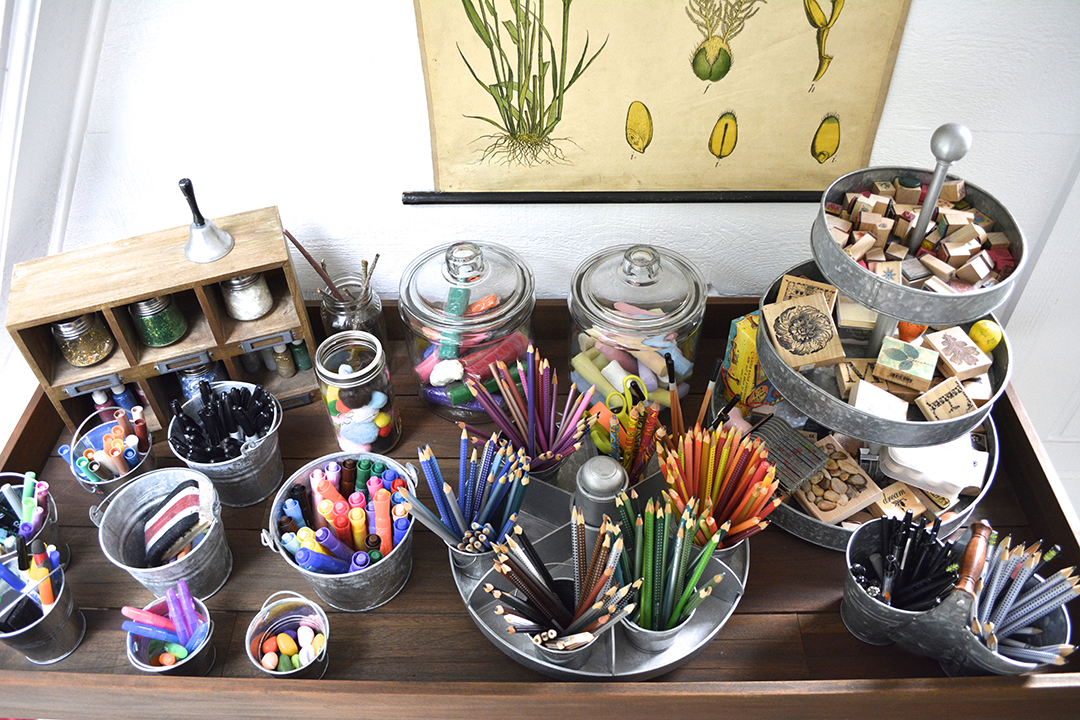
In many ways it has become a maker lab, because, makers gonna make, especially if they have an inviting space…
At this point we have discovered many different tried and true art supplies, which we like to have on hand (although we always love new recommendations). Being well-stocked and organized comes in handy for last minute school projects and when spontaneous DIY inspiration strikes.
- Colored pencils
- Crayon rocks (just for fun + great for little hands)
- Chalk and eraser
- Markers (these were my favorite chart paper markers when I was in the classroom)
- Window markers
- Dry erase markers
- Gel pens
- Sharpies (perfect for using with watercolors)
- Modeling clay
- Sidewalk chalk
- Glitter
- Variety of stamps (alphabet are a must)
- Pom poms (why not?)
- Popsicle sticks
- Wooden clips
- Wire
- Fabric paint and pens
- Paint brush assortment
- Watercolors (below cart)
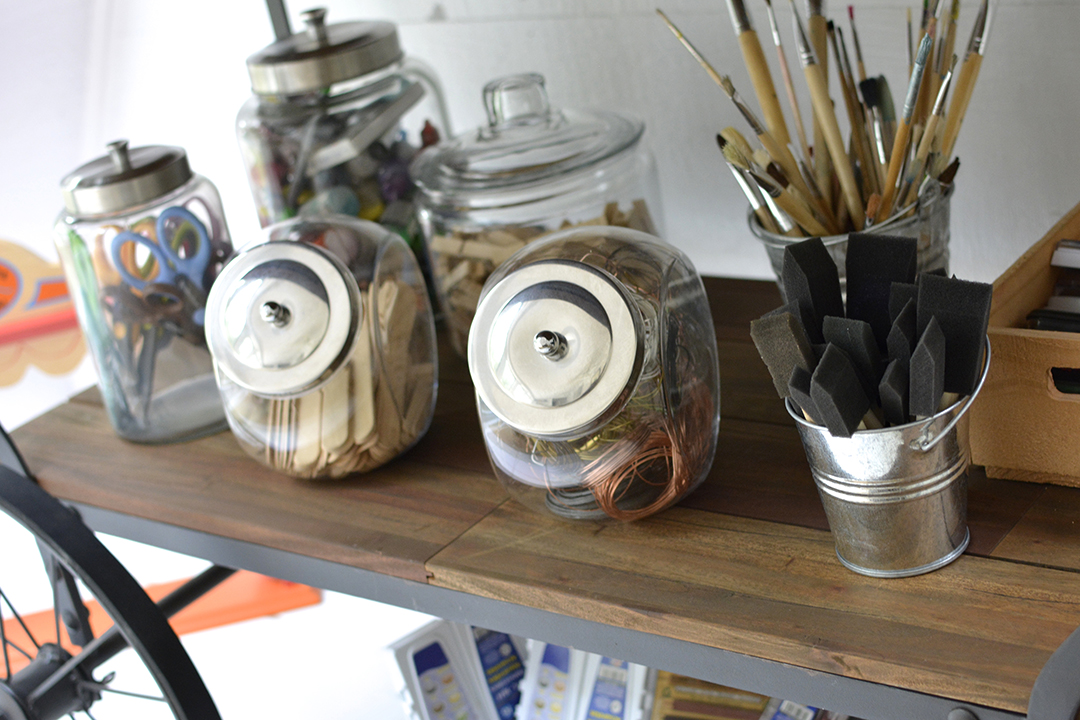
More Art Area Inspiration…
- How to Set-Up an Art Cart by Tinkerlab
- DIY Crafting Station by Handmade Charlotte
- Kids Art Space by The Artful Parent
*This post contains Amazon affiliate links.

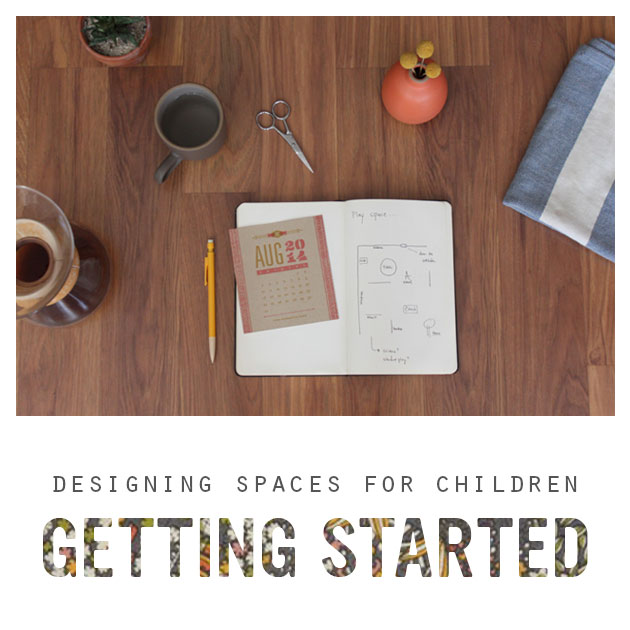 As the end of summer approaches in the northern hemisphere, many of us with children will begin preparing for a new school year. Whether you are a teacher awaiting the arrival of a room full of children or a parent with children at home, this time of year offers the perfect opportunity to consider the spaces where children learn, play, grow, and thrive.
As the end of summer approaches in the northern hemisphere, many of us with children will begin preparing for a new school year. Whether you are a teacher awaiting the arrival of a room full of children or a parent with children at home, this time of year offers the perfect opportunity to consider the spaces where children learn, play, grow, and thrive.
